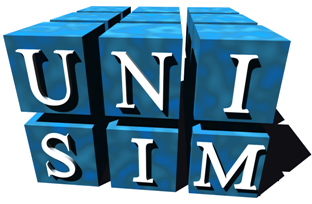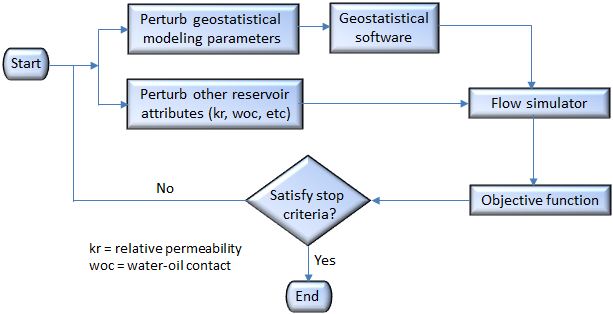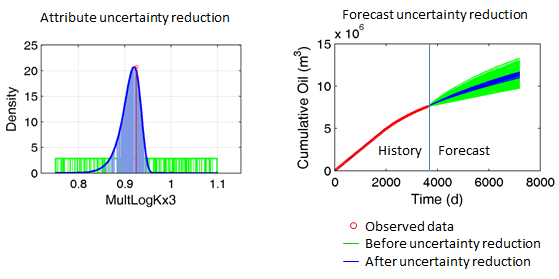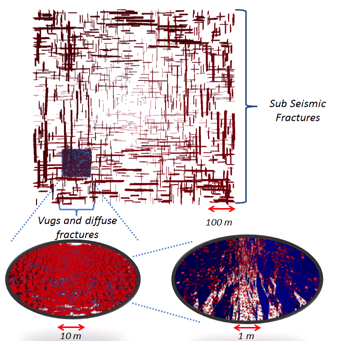Pre-salt
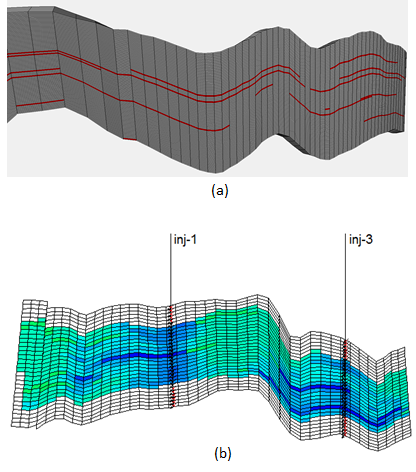
Several new challenges in the area of reservoir characterization and simulation have emerged after Pre-salt discovery. Some of these challenges are: (a) the size of the simulation models necessary to represent the giant Pre-salt fields, which may results in very big simulation models, (b) highly heterogeneous reservoir, that is difficult to model and to represent into the simulation models and (c) complex logistic related to production facilities.
To deal with and overcome these challenges, great efforts are employed in the studies developed by UNISIM. The main focus of the applications involves: (1) use of modern reservoir characterization techniques to develop benchmark models with characteristics typical from the carbonate Pre-salt reservoirs, involving critical heterogeneities such as vugs, fractures, high permeability thin layers (Super-K), among others; (2) study of methodology to integrate the reservoir simulation with production facilities; (3) development and improvement of methodology for decision-making process applied to Pre-salt fields; (4) study of reservoir simulation techniques and upscaling methodologies to reduce the computational effort.
